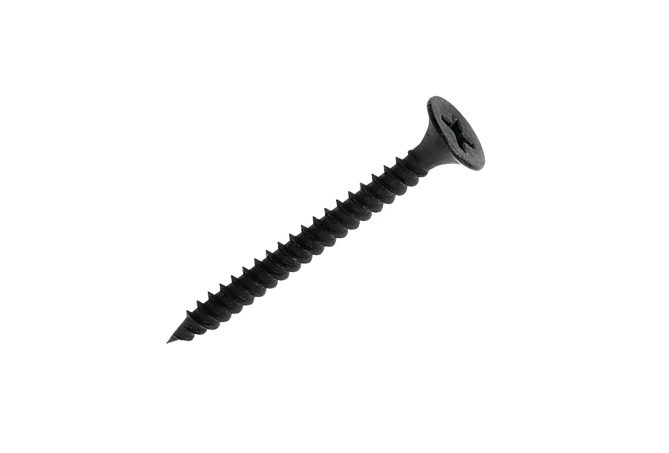Understanding the Weight Capacity of Drywall Screw Anchors for Effective Installation
Understanding Drywall Screw Anchors Weight Limits and Usage
When it comes to hanging items on drywall, selecting the right anchor can be the difference between a securely mounted object and a disastrous collapse. One of the most common choices for such tasks is the drywall screw anchor. This article will explore the weight limits of these anchors, how they work, and some practical tips for their use.
What is a Drywall Screw Anchor?
Drywall screw anchors, often referred to as drywall anchors, are devices designed to provide support when fastening items to drywall. They utilize a screw and a plastic or metal anchor that expands once inserted into the wall. This design allows the anchor to grip the drywall more effectively than a standard screw, distributing the weight of the item evenly and providing a more secure hold.
Weight Limits
The weight an anchor can support depends on various factors, including the type of anchor used, the thickness of the drywall, and the nature of the load (static or dynamic). Generally, there are three common types of drywall screw anchors
1. Standard Plastic Anchors These anchors can typically support loads of about 5 to 10 pounds. They are suitable for lightweight items like picture frames and small shelves.
2. Self-Drilling Anchors Also known as threaded anchors, these are designed for ease of installation and can typically support between 15 to 25 pounds. These anchors are suitable for hanging medium-sized objects, such as moderate shelves or wall décor.
3. Toggle Bolts For heavier items, toggle bolts are the go-to option. These anchors can support weights ranging from 30 to over 50 pounds, depending on their size and the wall thickness. They work by employing a mechanism that opens up inside the wall, creating a strong hold. Toggle bolts are ideal for mounting heavier shelves, large mirrors, or cabinets.
Factors Affecting Weight Capacity
While the specifications above provide a general idea of weight limits, several factors can influence these numbers
drywall screw anchor weight

- Drywall Thickness Standard drywall is typically ½ inch thick. Using anchors in thicker drywall or multiple layers can affect weight limitations.
- Surface Area The larger the surface area the anchor engages with, the greater the weight it can support
. This is crucial when considering different types of anchors.- Dynamic vs Static Loads Weight limits often assume static loads. If an object is subject to movement (like a wall-mounted TV), it can create different stress levels on the anchor, necessitating a stronger option.
Installation Tips
To ensure the best performance from drywall screw anchors, consider the following tips
1. Pre-Drilling For some types of anchors, pre-drilling the hole can help avoid damaging the wall and ensure a snug fit.
2. Avoid Over-Tightening When securing screws into drywall anchors, over-tightening can weaken the anchor's grip and potentially damage the wall.
3. Use the Right Anchor Always consider the weight of the item being hung and choose an anchor that can accommodate this weight comfortably.
4. Test the Load After installation, gently test the load by applying mild pressure to ensure stability before fully trusting it.
Conclusion
Drywall screw anchors are essential tools for anyone looking to mount items securely on drywall. Understanding their weight limits, installation techniques, and types can significantly enhance the effectiveness and safety of your hanging projects. Always choose the right anchor for your specific needs, and follow best practices to enjoy a well-decorated and safe living space. Whether you’re hanging small decorations or heavy-duty shelving, selecting the proper drywall anchor can lead to years of reliable service.
-
Top Choices for Plasterboard FixingNewsDec.26,2024
-
The Versatility of Specialty WashersNewsDec.26,2024
-
Secure Your ProjectsNewsDec.26,2024
-
Essential Screws for Chipboard Flooring ProjectsNewsDec.26,2024
-
Choosing the Right Drywall ScrewsNewsDec.26,2024
-
Black Phosphate Screws for Superior PerformanceNewsDec.26,2024
-
The Versatile Choice of Nylon Flat Washers for Your NeedsNewsDec.18,2024










